26 October 2019
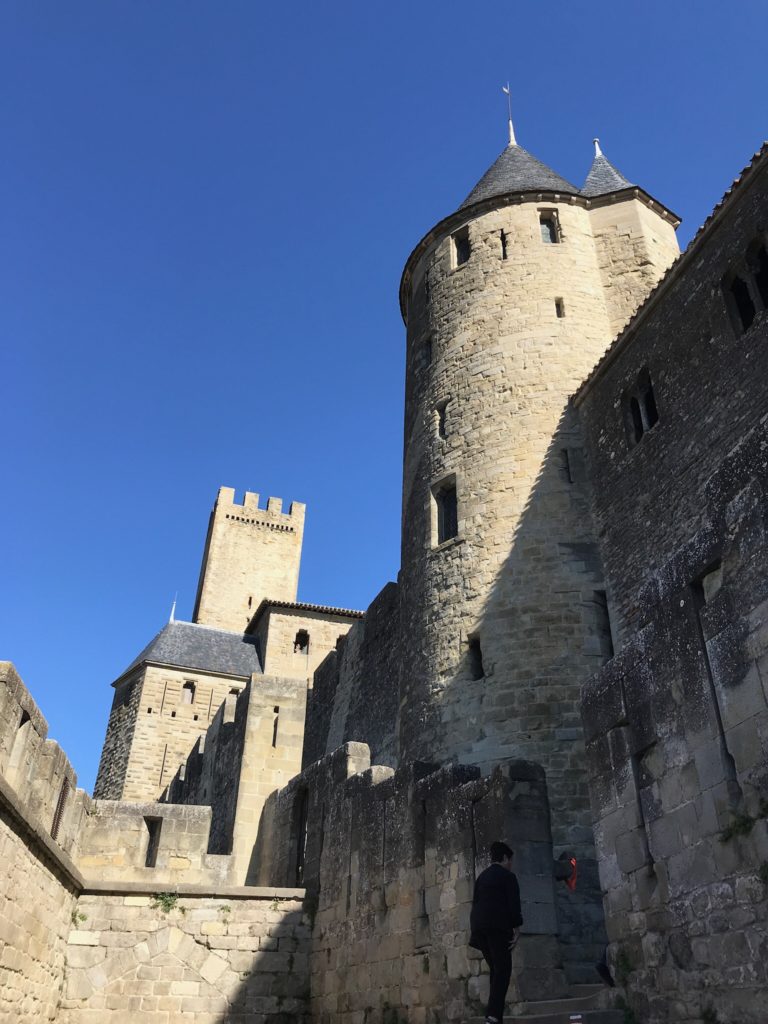
Just 60 miles southeast of Toulouse is the picturesque hilltop village of Carcassonne. I love old fortified cities and Carcassonne is absolutely one of the best!
Carcassonne has dominated this hilltop since the New Stone Age which began about 12,000 years ago when the first farming of domestic crops and a domestication of animals began. Also referred to as the Neolithic period, the era lasted in Europe until about 1700 BC.
Carcassonne lies in the plain of the Aude River along historic trade routes between the Mediterranean and Atlantic seas. The Romans loved the location, moved in by 100 BC and resided here until the fall of the Roman Empire. In the fifth century, it was taken over by the nomadic Visigoths after Rome ceded it to their King Theodoric II. Successive rulers continued to fortify and protect its medieval fiefdom throughout the centuries. The fortress remained impregnable. In 1659, after the end of the Thirty Years’ War between France and Spain, The Treaty of the Pyrenees was signed and things got quieter. Its military importance waned.
A point to remember: there is an upper and a lower Carcassonne. The upper city is known as La Cité and includes the citadel and surrounding medieval old town. The lower city, between the train station and the Aude River, is flat and pretty much surrounded by wide tree-lined streets on three sides and the Canal du Midi on the north.
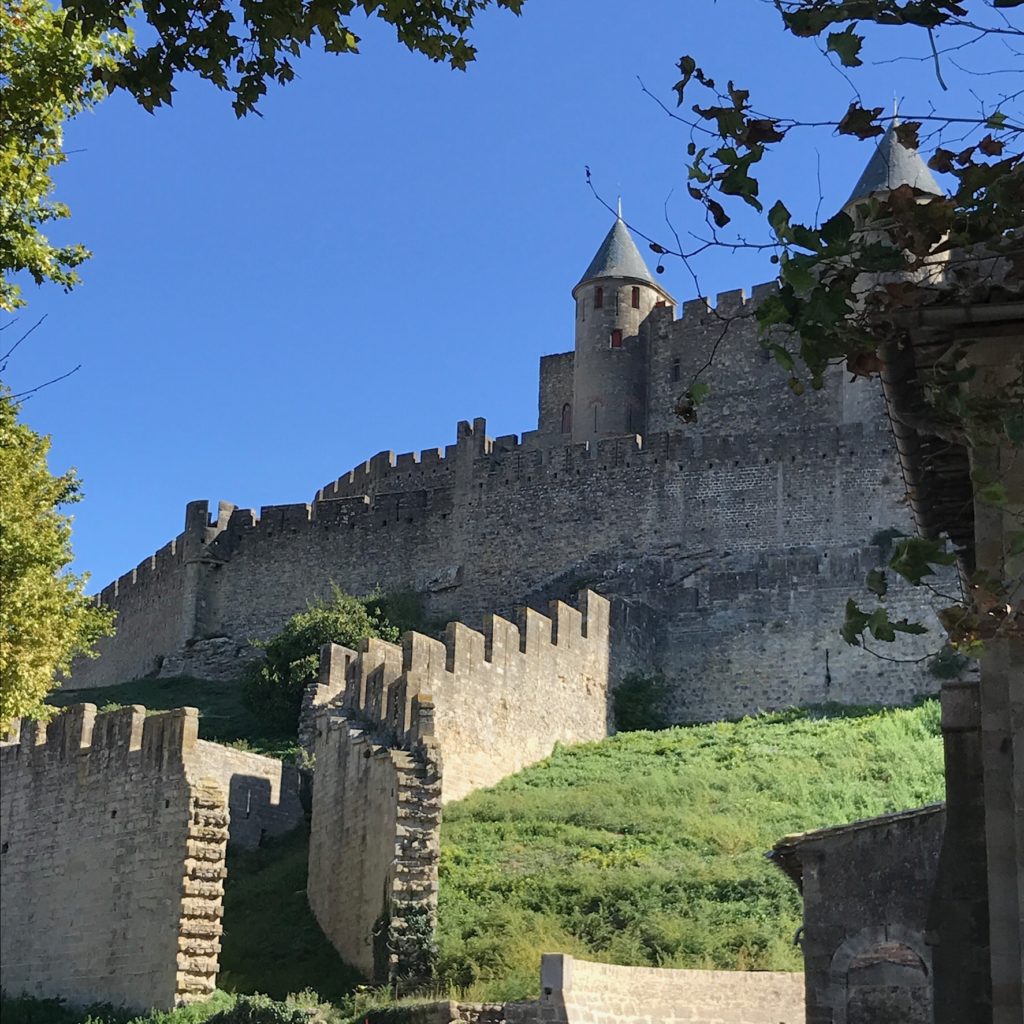
La Cité is across the river, requiring a walk from the train station of about 1.5 miles with the last part steeply up the hill. The #4 bus leaves from across the canal directly in front of the station and just on the left side of Le Bristol Cafe.
From Pont Vieux one gets a magnificent view of this hilltop citadel with its 52 towers. And within the fortress walls is Château Comtal. Overall, the walled La Cité is huge, impressive, and worth the climb.
Carcassonne was the first fortress to hoard supplies in times of siege, a critical factor in its impregnability. Temporary wooden ramparts would extend out from the fortress walls, providing protection to defenders on the battlements and allowing them to go out past the wall to drop all sorts of projectiles on attackers down below. (Makes me think of the hilarious cow-tossing scenes from the iconic Monty Python and Holy Grail.) The citadel deservedly appears on the UNESCO list of World Heritage Sites.
La Cité de Carcassonne, the old city within the double-walled fortress, like most medieval cities that have been lovingly cared for, is filled with wonderful winding alleys, narrow cobblestoned streets, lively cafes, wonderful squares, stone and timber buildings with geraniums in the window boxes and walls clad with ivy. Its labyrinth of streets contains a wealth of cafes, wine tasting, a church, and parks.
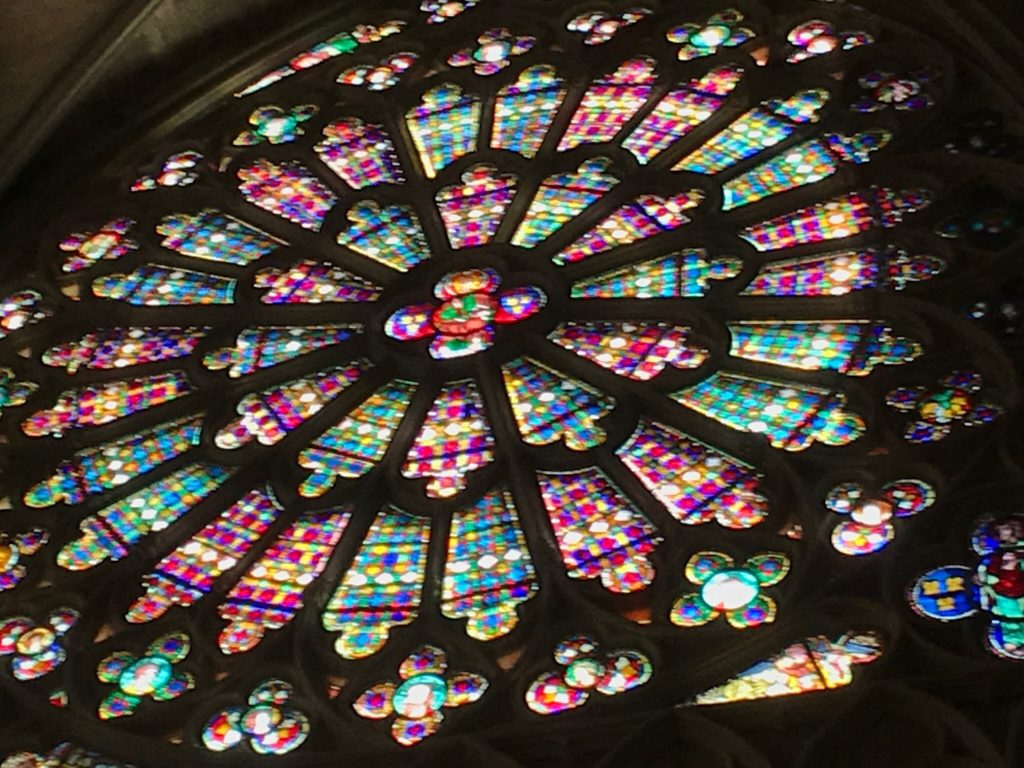
Basilica of Saints Nazarius and Celsus, built between 800-1300, is a wonderful Gothic/Romanesque design. The stonework, sculptures, and stained glass windows are worth a look, especially the long central stained glass dating from about 1280 and said to be the oldest in southern France. Amazing it has survived so long.
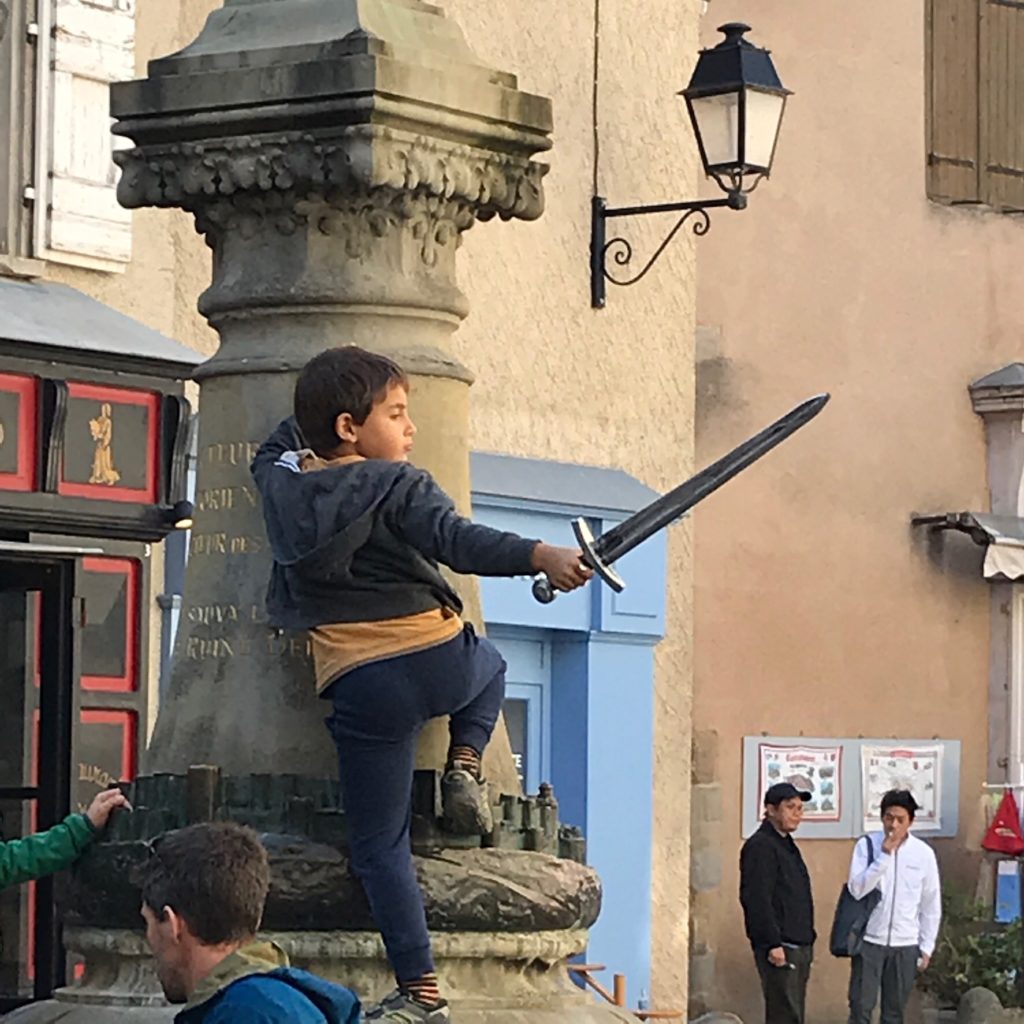
Today, Carcassonne is all about tourism and wine-making. One of the biggest draws for tourists is the Canal du Midi which runs through the center of town. All varieties of tour barges offering everything from one-to-seven-day trips and individual boat rentals for DIY sailors are available. Most boats are slowly hauled along the canal using a towpath, past gardens and idyllic scenes, across numerous sluices, and through locks. It is a pleasant way to spend an afternoon. Unfortunately, these trips are seasonal and nothing is moving in October.
There exists great sites beyond the canal and citadel. The lower city, built outside the walls during the 13th century, is an attractive small but lively city. Its ambience is probably better in some ways as tourists seem to ignore it.
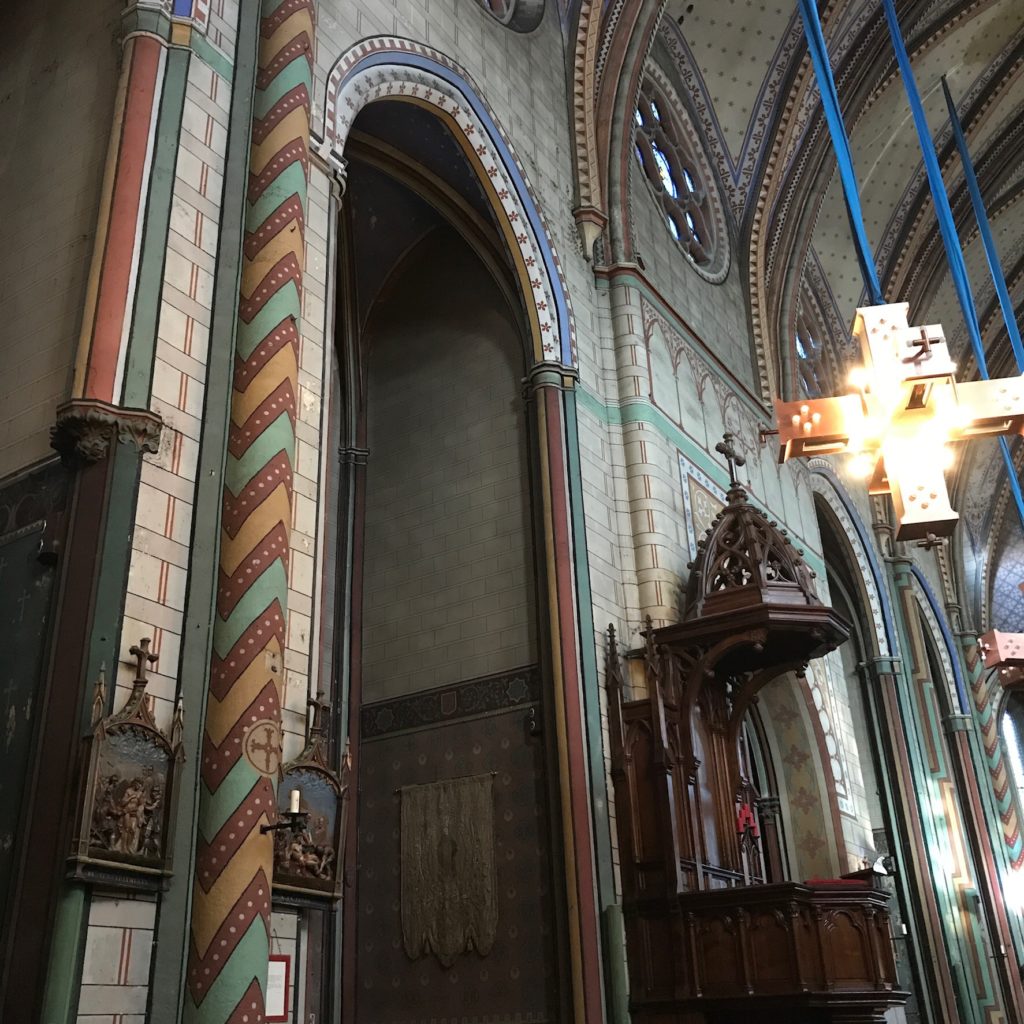
The Carcassonne Cathedral is also worth a visit. This imposing cathedral resembles a fortress more that a church. Dating from the 13th century, it has some amazing stained glass windows, wonderful soaring barrel vaulted ceilings and delicate scrolling and decoration on the ceiling and walls. The loopholes on the tower were added after if suffered damage in the 100-Years’ War. When it was rebuilt, architects took no chances for it happening a second time.
For a wonderful place to stop for refreshments before heading home, Place Carnot has its own 18th century fountain and loads of cafes. With ease, one can find a pleasant wine bar and order a regional wine: Corbières or Minervois or the champagne-style sparkling whites, Blanquette de Limoux.
Loved the Corbières. Before returning to Toulouse, I step into a local grocery and buy one to go.
0 Comments